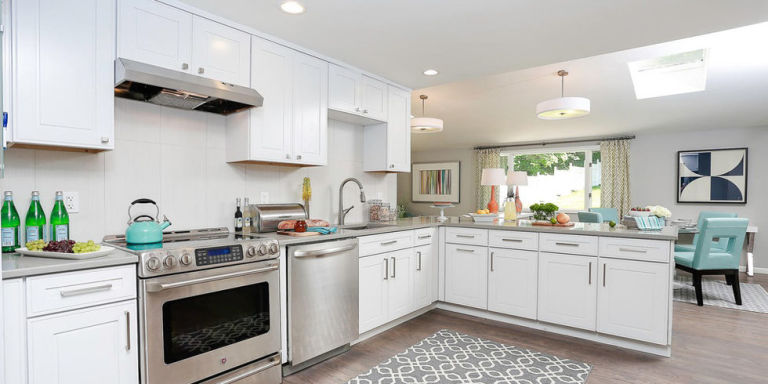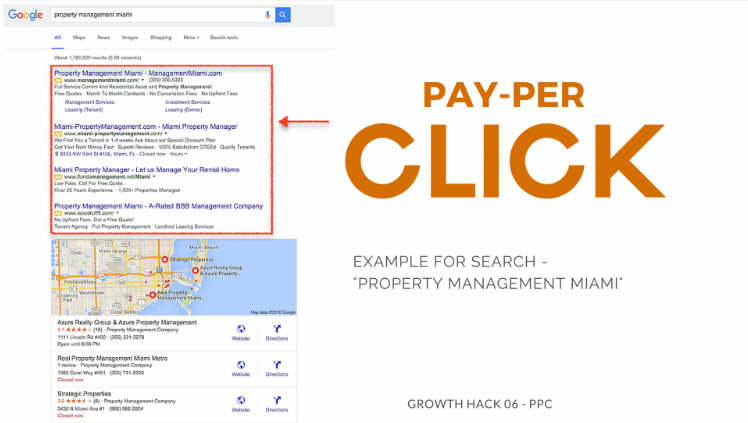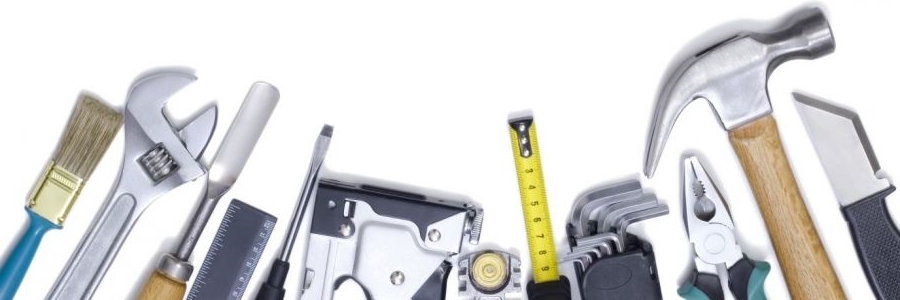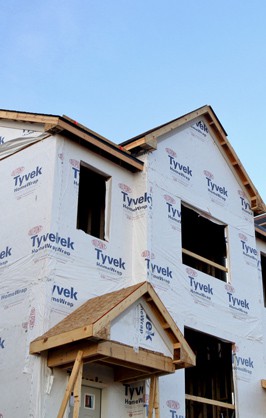Five Details That Make A Big Difference To Your Rental Property
Shared post from AAOA | Source: wilmingtonbiz.com

A rental property can be a wonderful investment, if someone is renting it. The good news is that there are things you as a property owner can do to help your occupancy rate stay high and your rental income coming in.
We’ve already shared ways you can increase your rental’s curb appeal (and why that matters) and ways to make a good first impression with your rental property. But there are some very simple things you can do to beat the competition and have the property people want to rent.
Keep it clean. Be sure your rental property is spotless when potential tenants come. No one wants to move into a place that is dirty. Also, a clean home will signal to renters that the property is well-tended to and in good shape. When a home is dirty, renters assume that the property is neglected. Always hire a professional cleaning company. Treat your home as the business that it is. Would you stay in a hotel room that was not professionally cleaned? Why should a tenant move in to a property not handled by a professional?
Have good lighting. Renters want to see themselves living in the home. If they can’t see anything because the place is dark, they won’t feel inspired. Your property should have updated lighting, be well-lit and inviting. While you may not be able to increase the amount of natural light your property receives, you can certainly invest in good lighting solutions throughout the home. Features like larger lights in bathrooms, kitchen pendant lights and under-counter lighting are wonderful. Security lighting outside can be important, too.
Make it inviting. Even if you are not able to use the latest in home décor (granite or stainless steel), consider newer laminate kitchen counters, updated lighting, framed mirrors in bathrooms, replacing stained or damaged vinyl, replacing ceiling fans, or putting on new switch plates. These tasks can create a warm and inviting space that will encourage tenants to move in. These are easy and inexpensive fixes that go a long way.
Consider what helps with day-to-day living. Tenants can be won over by the little things. Updated anything, like newer counters (they don’t have to be granite) or ceiling fans, or spaces such as outside sheds or shelving in garages or floored attics, can leave a big impression. Privacy in the backyard and larger patio spaces also matter to tenants. To determine what things you can offer to set your property apart, think of what details make your life better on a day-to-day basis.
Control the temperature. Especially during a hot Wilmington summer, the temperature of a property can be crucial. Ensure that all of your heating and cooling systems are functional and in good condition. Make sure your thermostat is updated and working properly. Make sure your air filters are clean and the house smells good. The heat or the air should be on to avoid things like mold growth in your vents during a hot humid summer.
Of course, the main rule to follow is to make your property feel like a place where you would want to live. By doing this in big ways and little ways, you can increase your income property’s earnings and occupancy rate.
If you want help getting started, contact us today. With decades of experience managing properties in the area, we know what Cape Fear renters are looking for and can help you maximize your property’s potential.






 About Ryan Green
About Ryan Green














